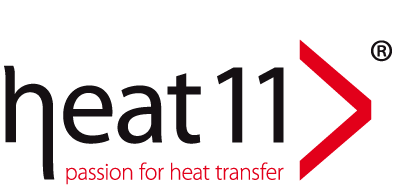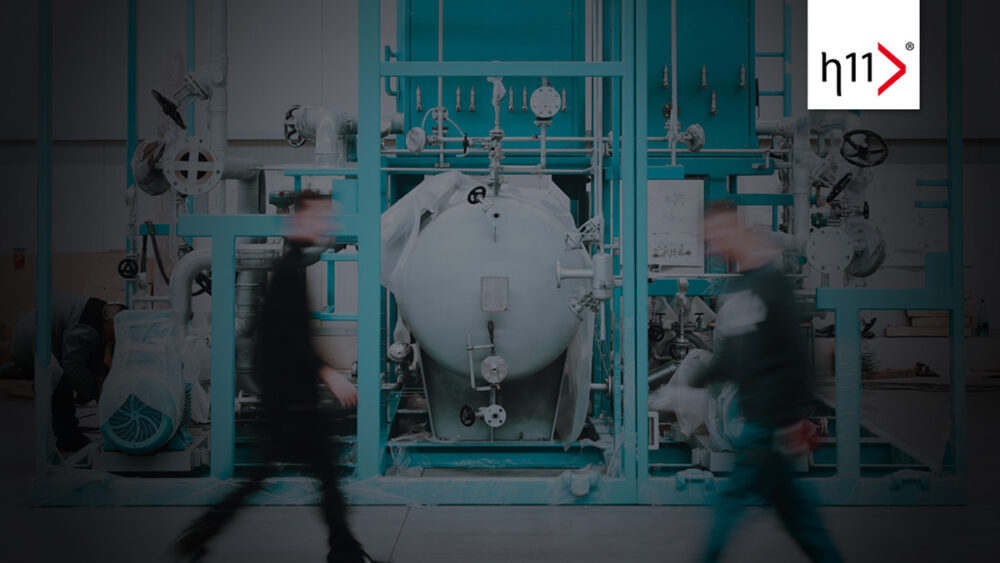For the economic efficiency of thermal oil plants it is of vital importance that these are operated most efficiently that means with the lowest possible energy input. Energy efficient plants have a dampening effect on the energy demand and energy prices. Furthermore they emit less climate-damaging carbon dioxide (CO2). How to easily enhance the energy efficiency of thermal oil plants and thus significantly reduce the operating costs, this we have comprehensively presented in our series “Measures to enhance energy efficiency of thermal oil plants” in various articles. Below we summarize the results for you:
Planning of thermal oil plants
The following four factors are important when planning a plant: The choice of primary energy (e.g. gas, oil, solid fuel, waste heat, electricity), a consequent efficiency orientation (all components are to be checked for energy potentials), an economic operating life (new plants dispose of significantly higher efficiencies) as well as the consideration of the overall costs (not only of the purchase expenses! within the life cycle of a plant.
The correct heat transfer medium
Heat transfer oils with higher quality should be used since they are thermally more stable and have a higher service life. Furthermore, decisive for the profitability are good heat transfer properties and a low viscosity (see below: Optimization of the pumps). Another aspect for the profitability are the avoidance of production failures as well as unplanned maintenance and repair work.Here too high quality heat transfer oils have a clear advantage. The use of oils with higher quality can also shorten the cylce periods in production processes or lead to productivity increase.
Optimization of the pumps
The choice and configuration of the pumps is extremely important because the pumps belong to the significant energy consumers of the plant. Errors of configuration can therefore quickly lead to avoidable operating costs in the six-figure Euro range. Main measures for the pump optimization are the consequent reduction of the pressure losses in the entire plant, the equipment of the pump with a rotation speed control, the avoidance of throttling losses as well as, when appropriate, an adaption of the pump impellers. Moreover it is important to use heat transfer media with a high viscosity.
Reduction of the pressure losses
In the upper chapter for the pump optimization we have already stressed the necissity to reduce the pressure losses. Depending on the size of the plant, about 20-30 % of the electricity costs can be saved by less pressure losses. The decisive factor is again to take a closer look at all the plant components:
- For pumps, fittings and other aggregates apply: Larger nominal widths minimize the pressure loss.
- The same applies also to the pipings: Hihger cross-sections minimize the pressure loss.
- Pre-assembled pump skids in compact design result in short piping distances and also shorter assembly times.
- Furthermore a generous design of the heater does not only lead to a lower load of the heat transfer medium, but also effectively reduces the pressure loss of the entire plant.
Optimization of the firing plant
By means of the installation of rotary speed controls for combustion air fans the efficiency of a firing plant can be improved by about 0,5 %. Another starting point is the minimization of the start-up losses. Hereby the efficiency can be improved by a further one percentage. More significant efficiency increases are achieved by a minimization of the exhaust gas losses. Combustion air pre-heaters (LuVo) achieve efficiency increases of 5-15 %, an O2 control increases the efficiency of the plant by further 1-3 %.





Comments are closed.